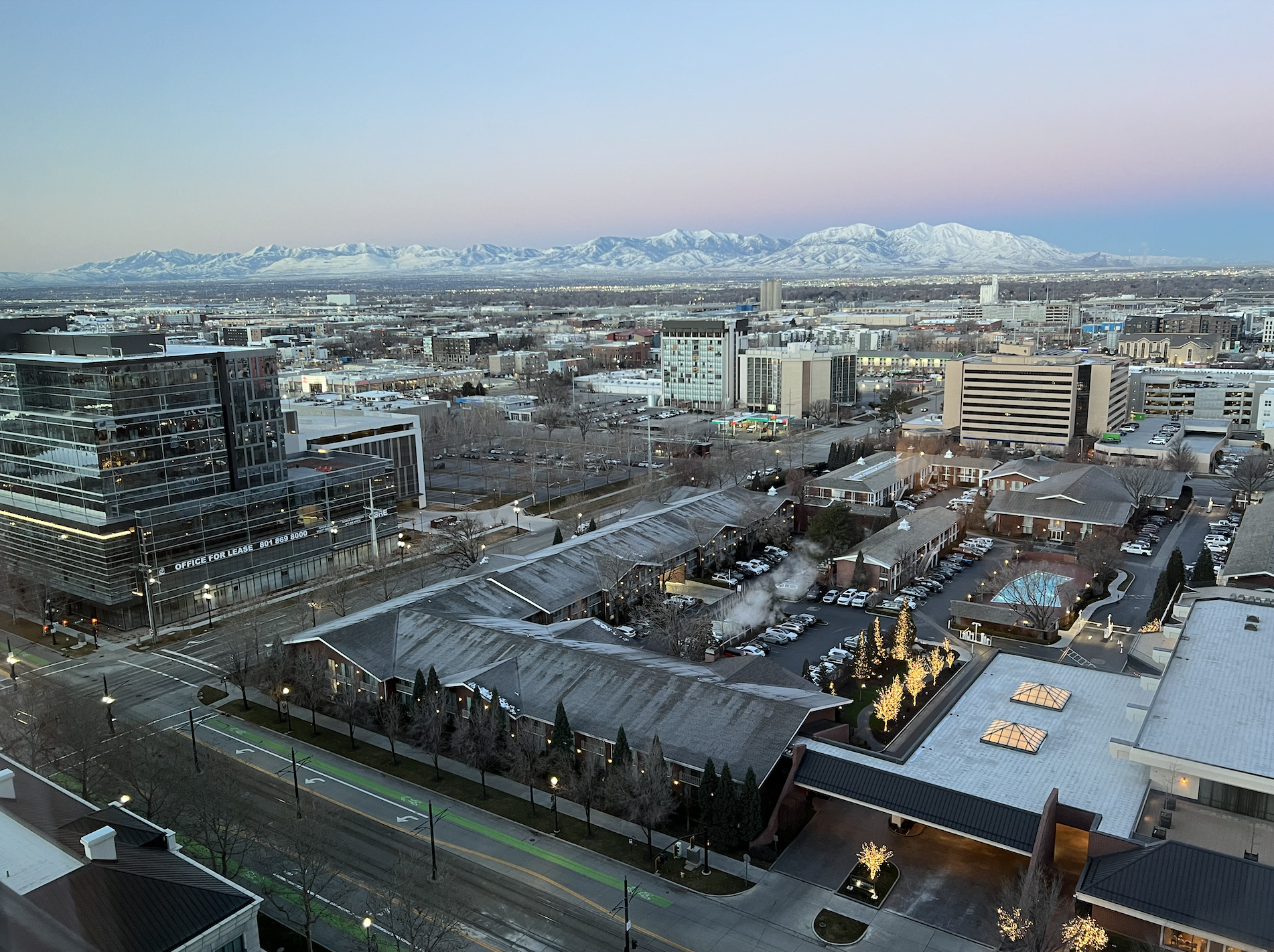I’m learning a lot lately about translocal learning communities. Translocal learning communities are physical communities of place. The do the work locally. Yet they connect regionally. They learn globally. I just read a master’s thesis written by Aerin Dunford about this. Aerin is a friend and colleague who has been living in The Berkana Exchange, a collection of learning centers that are sharing their experiences, learnings, and questions with each other. These are around core areas of healthy community like sustainable food, schooling, upcycling, and more. Aerin’s paper sparked many ideas for me. Much learning as I think about some people that I am working with, including Ben Mates at the Hemmingway Foundation. He, I, the Center for Engaging Community, and a lovely team are creating a shape for a Sustainability Summit to be held in Salt Lake City in early October.
I love these gems from Aerin that inspire me to be in good dialogue with others around this. Good starting points.
Conditions for supporting healthy, sustainable community:
1. Walk at our own pace.
2. Support a healthy flow of information.
3. Co-create rituals and culture.
4. Commit to discipline and freedom in self-organization.
5. Practice.
6. Be together.
7. Trust and be authentic.
8. Be accepting.
9. Tell stories and hear them from others.
I also love this definition of emergence from Meg Wheatley and Myron Kellner Rogers: “the surprising capacity we discover only when we join together. New systems have properties that appear suddenly and mysteriously. Relationships change us, reveal us, evoke more from us. Only when we join with others do our gifts become visible, even to ourselves.” (From A Simpler Way)
And then these shared values, beliefs, and practices that grow out of much of the Berkana work I have known over the years.
Values
- rely on human goodness
- depend on diversity
- trust life’s capacity to self-organize in sustainable, interdependent systems
- live the worlds we want today
- make our path by walking
Beliefs
- the leaders we need are already here
- real change happens on the ground, in a community
- transformation becomes possible when the learning from local change is shared
- we have what we need
- turn to one another
- there are many, many ways
Practices
- foster a culture of reflective learning
- engage in hands-on practices
- look inward to understand how we work
- look outward to share what we are finding and to learn with others
- exchange our skills, knowledge, and practices
- gather physically on a regular basis
